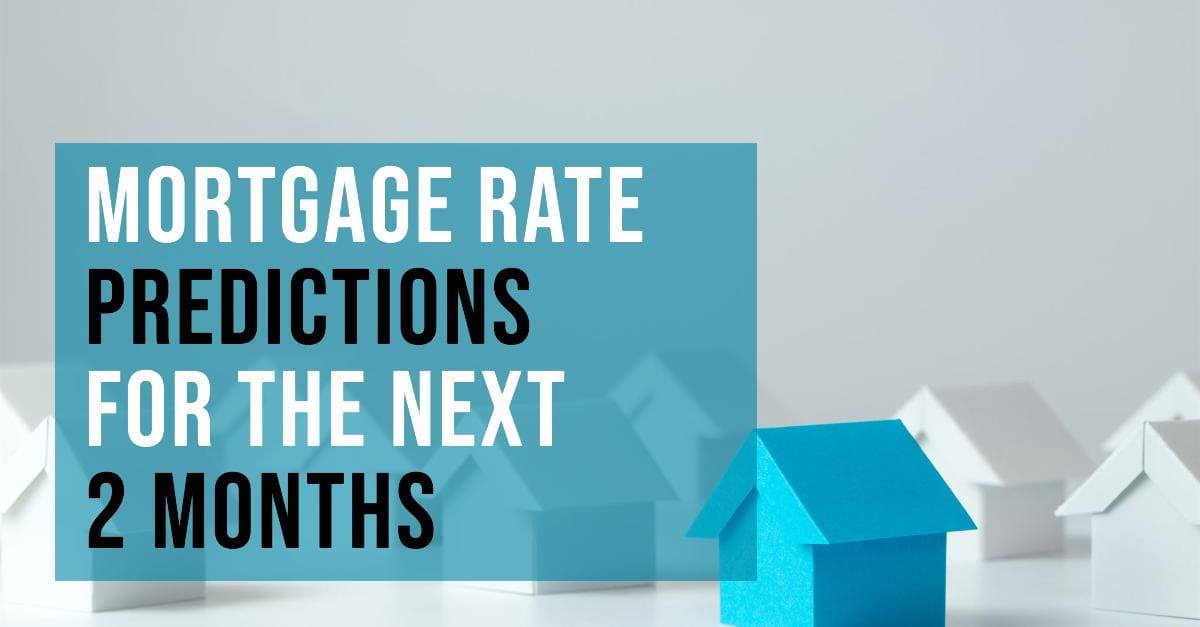
The housing market has thrown aspiring homeowners a curveball in 2024. After years of rock-bottom mortgage rates, inflation has come roaring back, sending rates sharply higher. This leaves many wondering: what will the next two months hold for mortgage rates? Mortgage rates for the next 2 months (May-June 2024) are likely to stay above 7% with some possibility of stability or slight dips. There’s even a chance they could inch towards 8% if inflation remains a persistent headache.
The Takeaway
The next two months in the mortgage market are likely to be a rollercoaster ride. While significant drops are not anticipated, there could be pockets of stability or even slight dips. Homebuyers who stay informed, compare lenders meticulously, and are prepared to act swiftly will be better positioned to navigate the uncertainties and secure a favorable mortgage rate.
Mortgage Rate Forecast for the Next 2 Months
As of early May 2024, mortgage rates have scaled new heights, reaching their highest point since November 2023. Freddie Mac reports the average 30-year fixed-rate mortgage (FRM) hovering at 7.22%. Experts predict rates will likely remain stubbornly above 7% in the immediate future, with some even forecasting a potential nudge towards 8% if inflation continues to be a thorn in the side of the economy.
This outlook is primarily driven by the Federal Reserve’s response to inflation. The Fed has signaled a postponement of potential interest rate cuts, a move that typically influences mortgage rates as well. Essentially, the Fed is tapping on the brakes to slow down inflation, and this can translate into higher borrowing costs for mortgages.
However, there’s a ray of hope on the horizon. The HSH Two-Month Mortgage Rate Forecast provides a more intricate view. They project a range for 30-year FRMs between 6.74% and 7.14% over the next nine weeks, suggesting some potential for stability or even slight dips. This indicates that while significant decreases are unlikely, there could be windows of opportunity with marginally better rates.
Forces Shaping the Future of Rates
Several factors will act as puppeteers, influencing how mortgage rates behave in the next two months:
- Inflation Data: If inflation readings continue to paint a bleak picture, it could push mortgage rates even further up. This is because the Fed is likely to maintain a hawkish stance on interest rates, essentially raising borrowing costs across the board to cool down inflation.
- Economic Data Releases: Upcoming economic reports on various aspects like jobs, consumer spending, and housing starts will all be under intense scrutiny. These reports will be parsed for signs of inflation potentially relenting or the economy showing signs of weakness. A softening economy could prompt the Fed to reconsider its stance on interest rates, potentially leading to a shift in mortgage rates.
- Geopolitical Events: Global events can also play a wild card role in influencing mortgage rates. For instance, unexpected developments in the ongoing war in Ukraine could cause market volatility and influence interest rates. Uncertain global situations can make investors jittery, impacting the bond market, which in turn has a flow-on effect to mortgage rates.
Charting a Course in Uncertain Waters: Tips for Homebuyers
Given the shroud of uncertainty, what can homebuyers do to navigate this complex landscape? Here’s a survival kit:
- Become an Information Powerhouse: Stay informed by keeping a close eye on economic data releases and announcements from the Fed. Understanding how these factors might influence mortgage rates will empower you to make informed decisions.
- Embrace the Art of Comparison Shopping: Don’t settle for the first rate you see. Shop around and compare rates from multiple lenders to ensure you’re getting the best deal possible. A little legwork can save you a significant amount of money over the life of your loan.
- Consider a Shorter-Term Adjustable-Rate Mortgage (ARM): If you plan to sell your home within the next 5-7 years, an ARM may offer a lower initial rate than a fixed-rate mortgage. This can be particularly attractive in a rising rate environment. However, remember that the introductory rate on an ARM is fixed only for a specific period, and the rate can adjust after that, potentially increasing your monthly payments. Weigh the pros and cons carefully to determine if an ARM aligns with your financial goals and risk tolerance.
- Be Ready to Act with Speed: If you see a rate that works for you, be prepared to move quickly. Mortgage rates can fluctuate rapidly, so seize the opportunity when you find a favorable rate. Don’t get caught in analysis paralysis and miss out on a good deal.









